How To Quarantine A Reptile
November 5, 2020
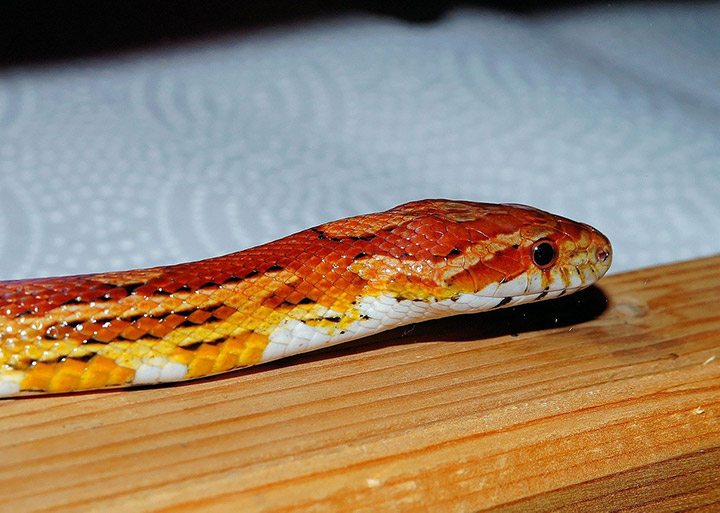
Quarantining Reptiles
I know how exciting it can be when you get a new reptile. You want to immediately put them into their enclosure and watch them explore — after all, you’ve put so much time and energy into creating a beautiful home for them to enjoy. However, you shouldn't rush into sticking them into their new homes quite yet. It is important to quarantine any new reptiles and monitor them to ensure that they’re healthy before putting them into a room where other reptiles are.
Why Do You Need To Quarantine New Reptiles?
Reptiles can get sick and carry parasites just like any other living creature can. Diseases and parasites can be transferred from one reptile to another, which is why it's important to always keep new reptiles separate from any reptiles that you currently have until you’re confident that your new additions are healthy.
What To Check For When You First Get A New Reptile
When you first receive your reptile, you should look over it for mites. Mites are tiny parasites that will look like black dots under the scales. Also check to see if your reptile has clear eyes, and no stuck shed. Listen for any wheezing sounds, these can be a sign that your reptile has a respiratory infection. Bubbles coming out of the nose are also a sign of illness in your reptile. If your reptile is showing any signs of illness you should contact a vet immediately and set an appointment to get your reptile seen.
This Is My First Reptile, Do I Still Need To Quarantine Them?
Since it is your first reptile, you won’t have to separate them from any others, however it is still a good idea to watch them closely to make sure that they are healthy. I recommend keeping them on a paper towel substrate for the first month to help you monitor their health better.
Reptile Quarantine Procedure
When quarantining a new reptile, it is important to make sure they are as far away from other reptiles as possible. Sometimes this can mean housing them in a separate building, but usually it means in a room across the house from your established reptiles. While a reptile is in quarantine, it is important to monitor their behavior for signs of illness. Watch their droppings to be sure that they are normal, and make sure that your new reptile is eating. Try not to handle your new reptile too much to help prevent the possible spread of disease. If you do have to handle them, be sure to sanitize your hands and change clothes before handling any other reptiles.
Typically a 30 day quarantine is fine, however there are many reptile keepers, particularly breeders, who choose to quarantine for 60 days or more to stay on the safe side. If your reptile shows any signs of illness, you should get them checked by a vet, and restart the quarantine clock once they are declared healthy. If you have another new reptile arrive before the current one is out of quarantine, you should also reset the clock. If a reptile isn’t showing signs of illness but still hasn’t eaten, they should not leave quarantine. Only move a reptile into your reptile room if it is eating consistently, has healthy droppings, and has shown no signs of illness.
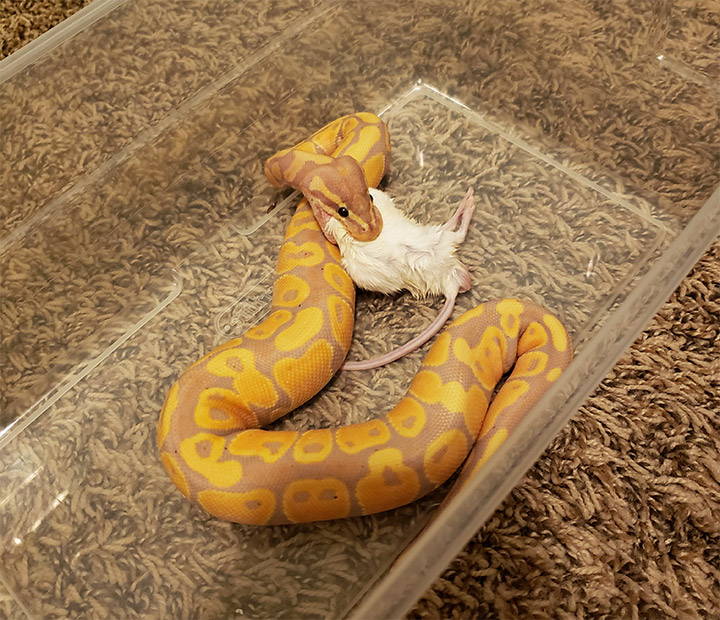
How To Set Up A Reptile’s Quarantine Cage
While in quarantine, a reptile’s cage should be as simplistic as possible. Use paper towels as substrate. You will be able to monitor your reptile’s droppings on these much better than you will on any other substrate, plus they allow for easy clean up. Your reptile’s enclosure should have a bowl of water large enough for them to soak in if they choose to do so, and a hide of some sort for security. This cage does not need to be fancy, it just needs to be practical.
Before placing a new reptile into their quarantine cage, I recommend spraying the cage (NOT the reptile) with a mite spray. This will prevent any possible mites from jumping off of your reptile and onto the substrate. If your new reptile does have mites, you can give them a warm bath with just a few drops of Dawn dish soap to help kill the mites. Once the quarantine clock is up, you should double check your reptile for mites one more time before moving them in with your other reptiles. Getting mites off of one reptile isn’t fun, but getting them off of multiple reptiles and their substrate is a nightmare.
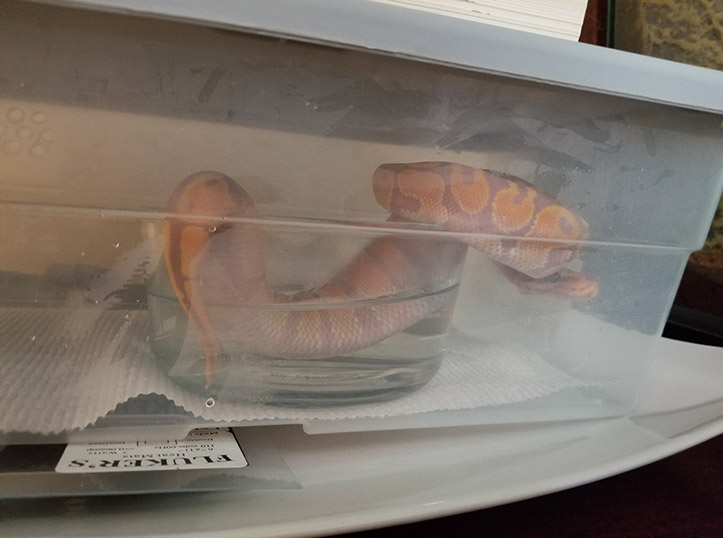
Reptile Quarantine Supplies
You should use a completely separate set of tools for quarantined reptiles than the ones that you use for reptiles that are already established. Anything that will come in direct contact with quarantined reptiles, such as feeding tongs, should only be used on quarantined reptiles. This is to prevent the spread of disease from unhealthy animals to healthy ones. This also means if you offer a mouse to a snake in quarantine and that snake refuses the mouse, you CANNOT offer that same mouse to another snake. If it is frozen thawed, throw it away, or if it is live keep it in a separate container from the other mice until the next feeding day. It is also a good idea to wear gloves when feeding and handling reptiles that are in quarantine.
Another good practice is to always take care of healthy reptiles before quarantined ones. Feed your established reptiles first, then feed your quarantined ones. The same goes for cleaning tanks. This will really help to prevent your healthy reptiles from getting sick. It is always better to be safe rather than sorry when it comes to sicknesses that could be potentially deadly for your pets.

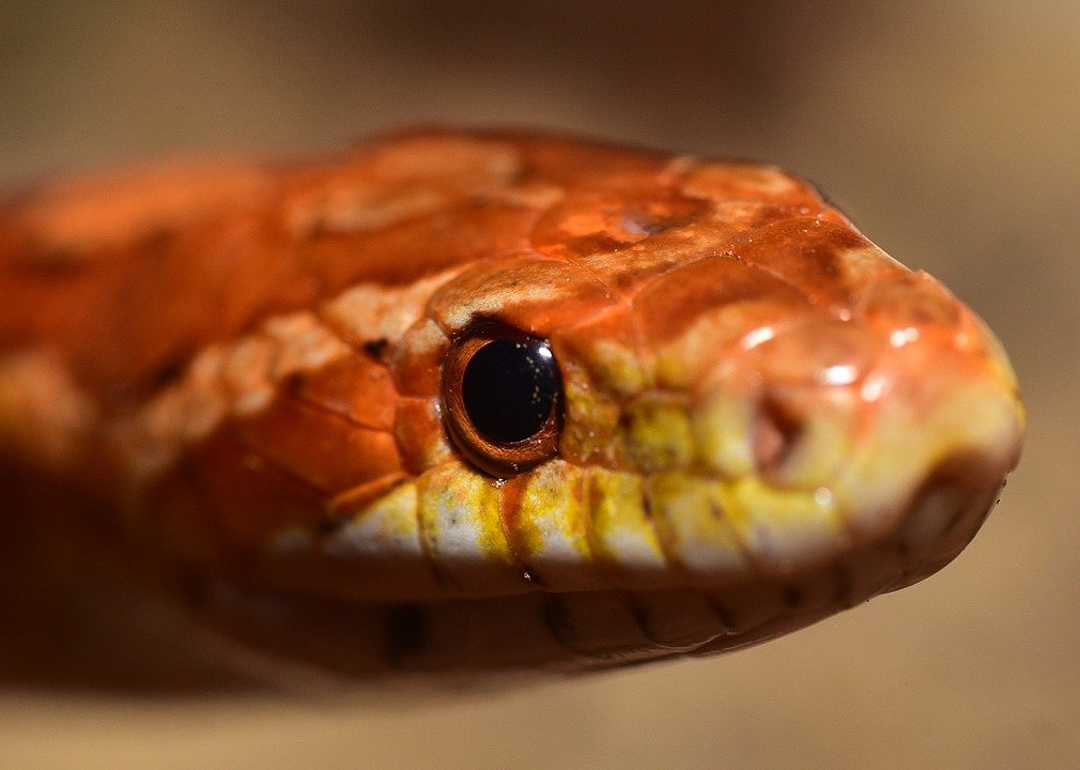
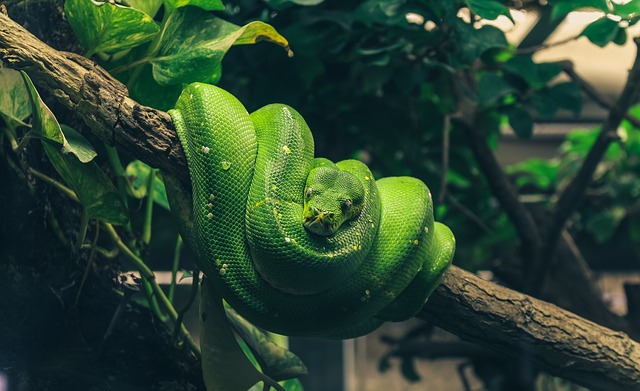
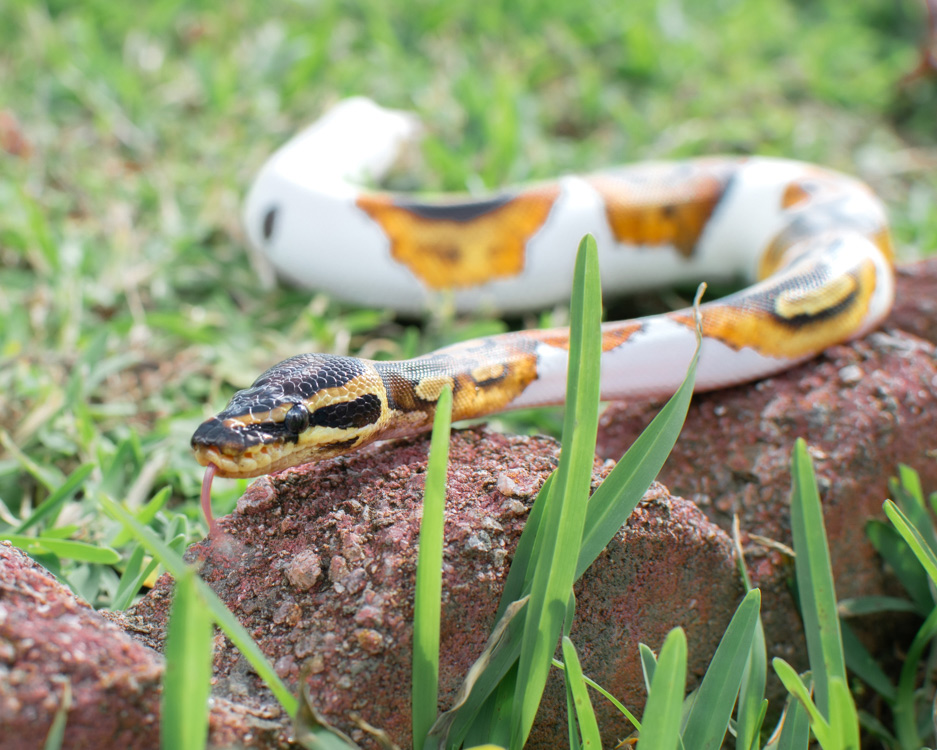



Sending...